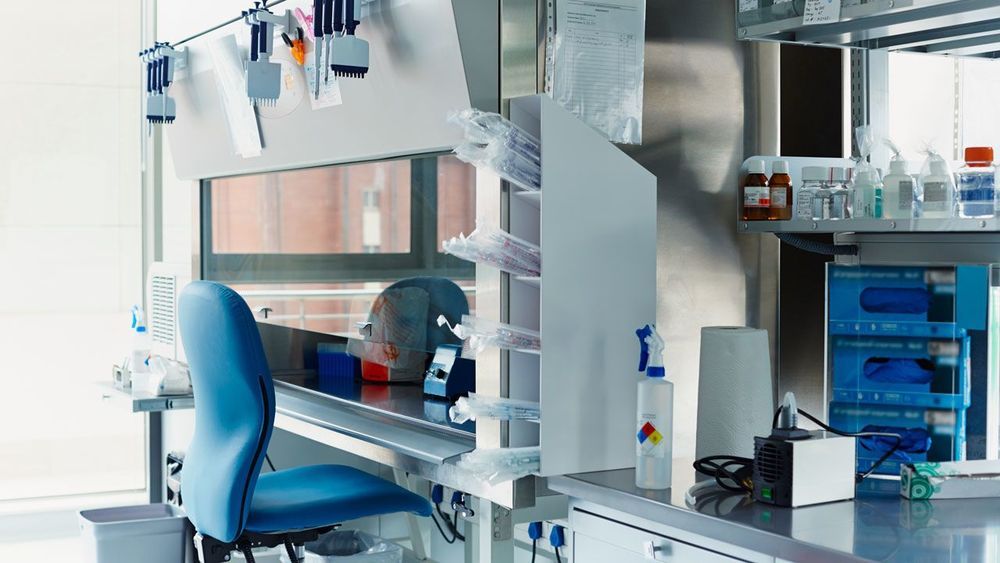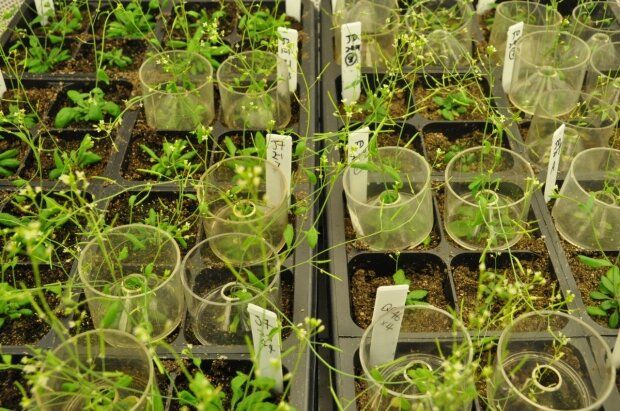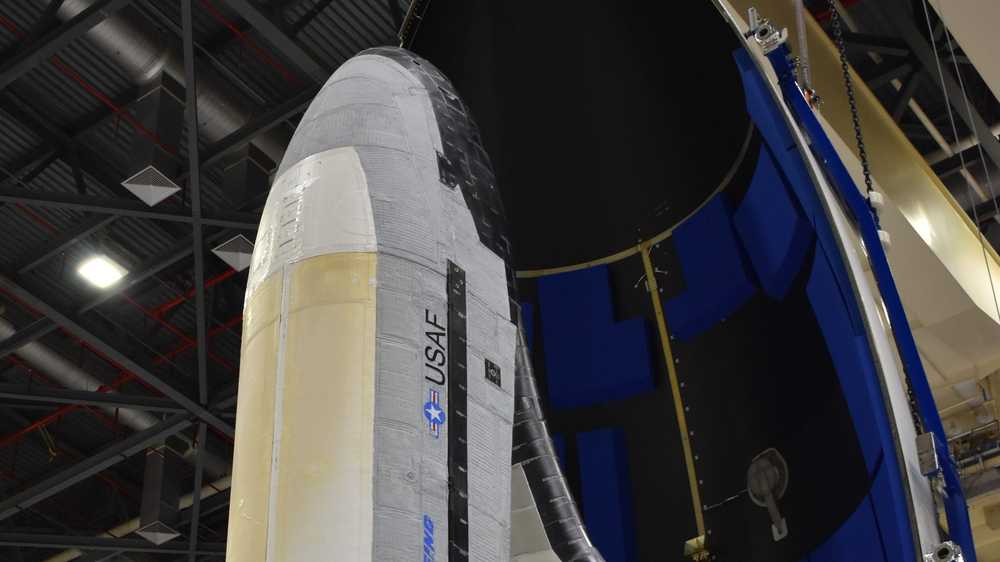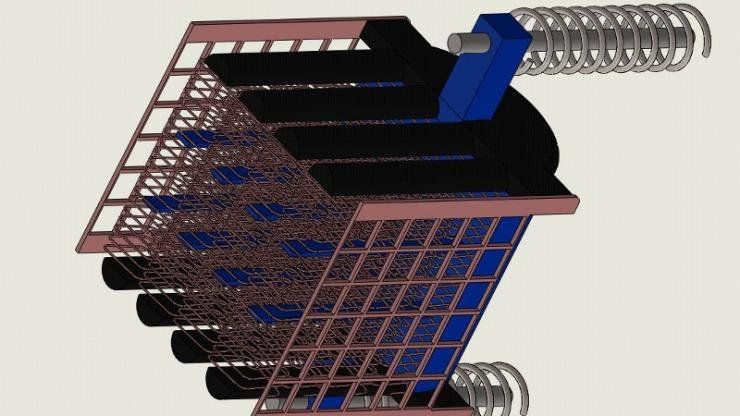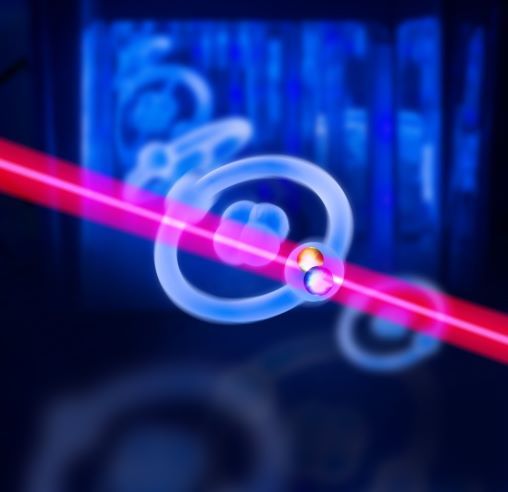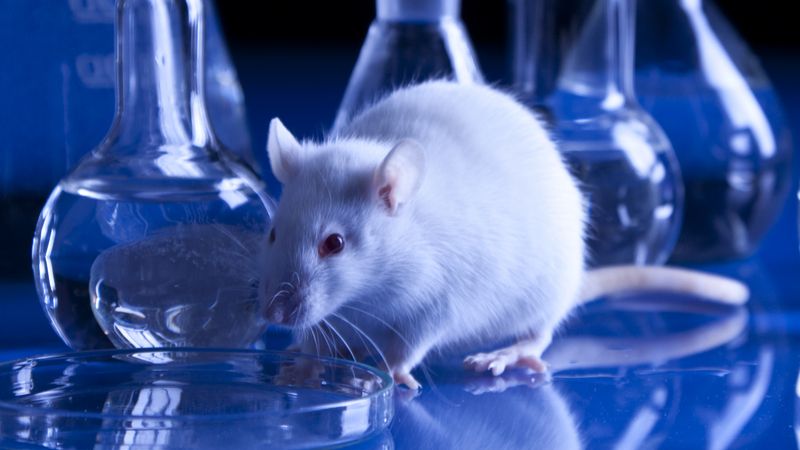Page 7848
May 11, 2020
Neuroplasticity In Action
Posted by Genevieve Klien in categories: biotech/medical, education, life extension, neuroscience
Neuroplasticity is the brain’s ability to change under the influence of experience and activities. Several aspects of neuroplasticity are noteworthy: neurogenesis (development of new nerve cells) and synaptogenesis (development of new contacts between nerve cells) among them. Neuroplasticity used to be thought of as a limited phenomenon, mostly restricted to the early years of life. More recently it has been demonstrated that neuroplasticity continues throughout life, even in advanced age. This provides the conceptual basis for a wide range of therapeutic efforts aiming to slow the detrimental effects of aging on the brain and to treat various brain disorders.
What are the factors influencing neuroplasticity? The question is compelling both as a scientific challenge and because of the therapeutic promise of neuroplasticity once we know how to control and harness it. Among such factors, the environmental factors influencing neuroplasticity are particularly intriguing. It turns out that a strong relationship exists between what people do with their brains and how their brains age.
Both anecdotal observations and formal research suggest that education confers a protective effect against dementia. Highly educated people are less likely to succumb to its effects. Robert Katzman was the first to note that the prevalence of dementia, including Alzheimer’s disease, is lower in people with advanced education. The MacArthur Foundation Research Network on Successful Aging sponsored a study of the predictors of cognitive change in older persons. Education emerged as by far the most powerful predictor of cognitive vigor in old age.
May 11, 2020
Secretive Jasons to offer advice on how to reopen academic labs shut
Posted by Genevieve Klien in categories: biotech/medical, government, health, security
‘s COVID-19 reporting is supported by the Pulitzer Center.
A group of prominent academic scientists that has been advising the U.S. government on security matters since the Cold War is conducting a quick-turnaround, pro bono study of a new threat to national security—the impact of COVID-19 on academic research. And this time it’s personal.
Last month, some 30 members of Jason began to tackle the thorny question of how to reopen university laboratories safely in the midst of the coronavirus pandemic. Nobody is paying for the study, a rare departure for the group, whose work is usually financed by government agencies and often involves classified information. But the study’s leader, Massachusetts Institute of Technology (MIT) physicist Peter Fisher, says several federal agencies have expressed interest in the group’s analysis of the technical challenges facing every university that wants to resume research operations without jeopardizing the health of the faculty, students, and staff who work in those labs.
May 11, 2020
How to boost plant biomass: Biologists uncover molecular link between nutrient availability, growth
Posted by Genevieve Klien in categories: biotech/medical, mathematics
Plant scientists have long known that crop yield is proportional to the dose of nitrogen fertilizer, but the increased use of fertilizers is costly and harmful to the environment. Until now, the underlying mechanisms by which plants adjust their growth according to the nitrogen dose has been unknown—a key finding that could help enhance plant growth and limit fertilizer use.
In a new study published in the Proceedings of the National Academy of Sciences (PNAS), plant genomic scientists at New York University’s Center for Genomics & Systems Biology discovered the missing piece in the molecular link between a plant’s perception of the nitrogen dose in its environment and the dose-responsive changes in its biomass.
Taking a novel approach, the NYU researchers examined how increasing doses of nitrogen created changes in plants’ genome-wide expression as a function of time. They then used mathematical models to investigate the rate of change of messenger RNA (mRNA) for thousands of genes within the genome to this experimental set up.
May 11, 2020
ULA and SpaceX targeting this weekend for back-to-back rocket launches
Posted by Genevieve Klien in categories: security, space
If schedules hold, United Launch Alliance and SpaceX will highlight this weekend with back-to-back rocket launches, a cadence rarely seen on the Space Coast.
First on the Space Force’s calendar is X-37B, a secretive Department of Defense spaceplane that stays in orbit years at a time, testing new systems and capabilities. The 29-foot vehicle will fly on an Atlas V rocket between 6:30 a.m. and 11 a.m. Saturday, though an exact time has not yet been released due to security concerns. Launch Complex 41 will host the attempt.
Though most of the spaceplane’s capabilities are classified, the Space Force said the mission known as Orbital Test Vehicle 6 will host more experiments than ever before. Some of those include testing radiation’s effects on seeds, transforming solar power to transmissible microwave energy, and how space affects different kinds of materials.
May 11, 2020
How Fashion Designers Are Thwarting Facial Recognition Surveillance
Posted by Zoltan Istvan in categories: robotics/AI, surveillance, transhumanism
Reason has done a great video and article on AI facial recognition, surveillance, etc, and combined it with fashion ideas. It’s created by Zach Weissmueller and Justin Monticello. My interview (as well as others) show up throughout the 11 min video. This is really important watching for the coming future:
Privacy activists say we should be alarmed by the rise of automated facial recognition surveillance. Transhumanist Zoltan Istvan says it’s time to embrace the end of privacy as we know it.
May 11, 2020
How ships of the future could sail on bubble tunnel;
Posted by Quinn Sena in categories: futurism, military
Circa 2015 what about a supercavatating supercarrier :3.
A boat is copying the tech behind a super-fast Russian torpedo by riding a foam tunnel through the water.
May 11, 2020
Electromagnetic water cloak eliminates drag and wake
Posted by Quinn Sena in categories: chemistry, particle physics
Researchers have developed a water cloaking concept based on electromagnetic forces that could eliminate an object’s wake, greatly reducing its drag while simultaneously helping it avoid detection.
The idea originated at Duke University in 2011 when researchers outlined the general concept. By matching the acceleration of the surrounding water to an object’s movement, it would theoretically be possible to greatly increase its propulsion efficiency while leaving the surrounding sea undisturbed. The theory was an extension of the group’s pioneering work in metamaterials, where a material’s structure, rather than its chemistry, creates desired properties.
Six years later, Yaroslav Urzhumov, adjunct assistant professor of electrical and computer engineering at Duke, has updated the theory by detailing a potential approach. But rather than using a complex system of very small pumps as originally speculated, Urzhumov is turning to electromagnetic fields and the dense concentration of charged particles found in saltwater.
Pionic helium exists for long enough to be zapped by lasers, paving the way for more precise measurements of the pion’s mass.
May 11, 2020
Blood Factors Reverse Epigenetic Age
Posted by Montie Adkins in categories: biotech/medical, genetics, life extension
Crucially, plasma treatment of the old rats reduced the epigenetic ages of blood, liver and heart by a very large and significant margin, to levels that are comparable with the young rats. According to the six epigenetic clocks, the plasma fraction treatment rejuvenated liver by 73.4%, blood by 52%, heart by 52%, and hypothalamus by 11%. The rejuvenation effects are even more pronounced if we use the final versions of our epigenetic clocks: liver 75%, blood 66%, heart 57%, hypothalamus 19%. According to the final version of the epigenetic clocks, the average rejuvenation across four tissues was 54.2%.
Researchers have demonstrated that epigenetic age can be halved in rats by using signals commonly found in the blood.
Epigenetic changes


